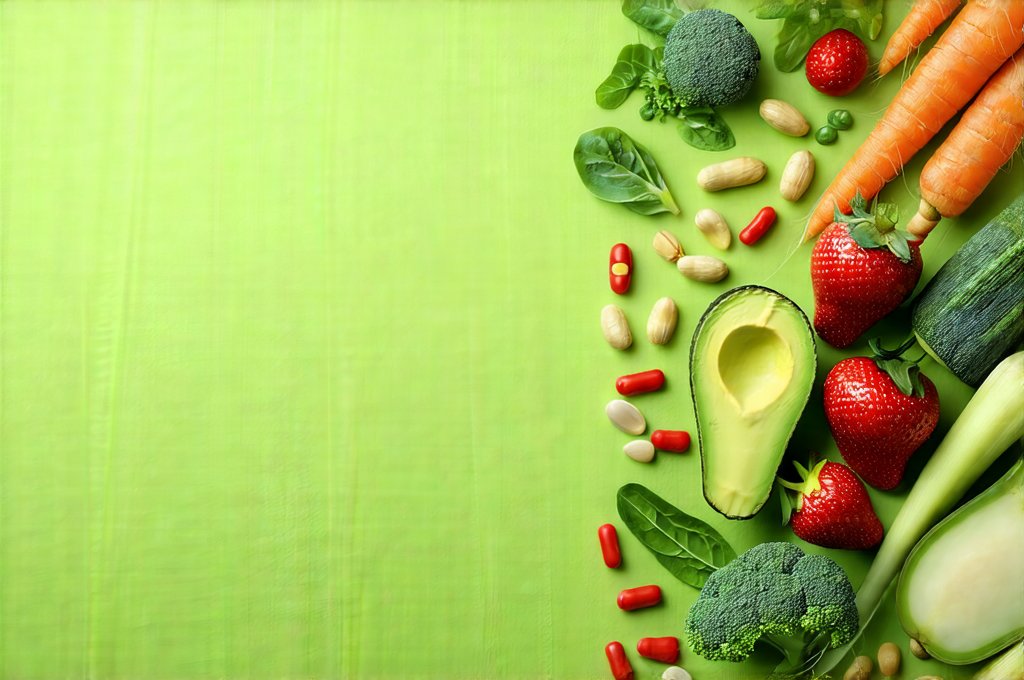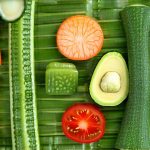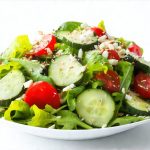Prebiotic fiber is increasingly recognized as crucial for gut health, but many people experience unpleasant side effects like gas, bloating, and discomfort when increasing their intake. This often leads to abandoning prebiotic-rich foods altogether, despite the significant benefits a healthy gut microbiome provides—improved digestion, enhanced immunity, and even better mental wellbeing. The issue isn’t necessarily prebiotics themselves, but rather the type of prebiotic fiber consumed and how quickly it’s introduced into the diet. Many common sources are highly fermentable, meaning they rapidly break down in the colon, producing gas as a byproduct. Finding gentle, well-tolerated options is key to reaping the rewards without the discomfort.
This article dives deep into prebiotic fiber sources that are less likely to cause digestive distress, focusing on those known for being gentler on the gut. We’ll explore various food choices and discuss strategies for incorporating them gradually, minimizing side effects and maximizing benefits. The goal is to empower you with knowledge to nourish your microbiome effectively and comfortably, paving the way for a healthier, happier you. It’s about finding what works best for your body, as individual responses can vary significantly.
Gentle Prebiotic Fiber Sources
Many commonly recommended prebiotic foods—like onions, garlic, and wheat—are high in fructans, a type of carbohydrate that is rapidly fermented by gut bacteria. While beneficial for some, this rapid fermentation often triggers gas and bloating in sensitive individuals. Fortunately, there are excellent alternatives that offer similar benefits with fewer side effects. These gentler options typically contain different types of prebiotic fiber, like resistant starch or partially hydrolyzed guar gum, which are slower to ferment and therefore less likely to cause digestive upset.
One standout option is cooked and cooled potatoes (especially sweet potatoes). The cooling process increases the amount of resistant starch, a type of fiber that resists digestion in the small intestine, reaching the colon where it feeds beneficial bacteria. Similarly, green bananas contain significant amounts of resistant starch, but are often better tolerated when slightly ripe. Oats, particularly rolled oats, also provide a good source of beta-glucan, another prebiotic fiber known for its gentle impact on digestion. These foods offer a fantastic starting point for those seeking to improve their gut health without the unpleasant side effects associated with more fermentable prebiotics. If you are looking for meal ideas after exercise, consider post-workout meal options that don’t cause gas.
Another excellent strategy is incorporating smaller amounts of diverse prebiotic sources into your diet rather than large quantities of one specific food. This approach helps cultivate a more robust and resilient microbiome, as different bacteria thrive on different types of fiber. Think about adding a sprinkle of chia seeds to your smoothie (containing xylo-oligosaccharides), a tablespoon of sunflower seed butter to your toast (providing inulin in smaller amounts), or a small portion of cooked carrots (containing pectin) alongside your meal. This mindful approach, prioritizing variety and moderation, can make all the difference in minimizing digestive discomfort. For those looking for ways to incorporate more prebiotic fiber into their meals, crafting light, filling meals that don’t lead to heaviness or indigestion can be a great starting point.
Partially Hydrolyzed Guar Gum (PHGG) & Other Supplements
While whole foods are generally preferred, sometimes supplementation can be helpful, particularly for individuals with significant gut sensitivities or those struggling to obtain sufficient fiber from their diet alone. Partially hydrolyzed guar gum (PHGG) is a soluble fiber derived from the guar bean that has undergone processing to make it more easily digestible and less fermentable than other forms of guar gum. It’s known for its gentle action, reducing bloating and improving bowel regularity without causing excessive gas production.
Unlike many prebiotic fibers, PHGG is partially broken down during processing, which slows down fermentation in the colon, resulting in fewer gas-producing byproducts. This makes it a good option for people with Irritable Bowel Syndrome (IBS) or other digestive issues. It’s available as a powder that can be mixed into water, smoothies, or yogurt. Other supplement options include acacia fiber, which is also known for its gentle nature and low fermentability. However, even with supplements, it’s crucial to start with a small dose and gradually increase intake to assess tolerance.
It’s important to remember that supplements should complement a healthy diet, not replace it. Focus on building a foundation of prebiotic-rich whole foods first, and then consider supplementation if needed. Always consult with a healthcare professional before starting any new supplement regimen, especially if you have underlying health conditions or are taking medications. They can help determine the appropriate dosage and ensure there are no potential interactions. If you’re looking for ideas on what to eat in the evening without triggering digestive issues, evening snacks that don’t provoke acid or gas might be helpful.
Understanding Fermentability & Individual Tolerance
The degree to which a prebiotic fiber causes gas and bloating depends largely on its fermentability – how quickly it’s broken down by gut bacteria. Highly fermentable fibers, like fructans found in onions and garlic, produce gas rapidly, leading to discomfort. Conversely, less fermentable fibers, such as resistant starch or PHGG, are digested more slowly, minimizing gas production. However, even with gentler options, individual tolerance varies significantly.
Factors influencing tolerance include the composition of your gut microbiome (the types of bacteria present), your overall digestive health, and your sensitivity to gas production. Someone with a diverse and healthy microbiome may tolerate higher amounts of fermentable fiber without issue, while someone with IBS or dysbiosis (an imbalance in gut bacteria) might be more sensitive. It’s essential to listen to your body and adjust intake accordingly. Starting with small quantities and gradually increasing them over time is the best approach. Identifying safe fats that don’t exacerbate reflux, nausea, or sluggish digestion can also play a role in overall digestive comfort.
Gradual Introduction & Hydration are Key
Abruptly increasing fiber intake, even with gentle sources, can overwhelm the digestive system and lead to bloating, gas, and discomfort. The key is gradual introduction—slowly adding prebiotic-rich foods or supplements to your diet over several weeks. Begin with a very small amount (e.g., ¼ cup of cooked sweet potato or ½ teaspoon of PHGG powder) and observe how your body responds. If you experience no adverse effects, gradually increase the quantity in small increments.
Simultaneously, ensure adequate hydration. Fiber absorbs water, so increasing fiber intake without drinking enough fluids can actually worsen constipation and bloating. Aim for at least 8 glasses of water per day, and consider increasing intake further if you’re physically active or live in a hot climate. Paying attention to these two elements – gradual introduction and consistent hydration – will significantly improve your tolerance and maximize the benefits of prebiotic fiber.
Tracking & Identifying Trigger Foods
Keeping a food diary can be invaluable for identifying trigger foods and understanding your individual tolerance levels. Record what you eat, how much, and any symptoms you experience afterward (gas, bloating, abdominal pain). This allows you to pinpoint specific foods or combinations that cause discomfort and adjust your diet accordingly.
Don’t just focus on the obvious culprits like beans or broccoli; pay attention to seemingly innocuous foods too, as sensitivities can vary widely. Consider experimenting with elimination diets—temporarily removing potential trigger foods for a period of time and then reintroducing them one at a time –to identify problem areas. This process requires patience and self-awareness, but it’s an effective way to personalize your prebiotic fiber strategy and achieve optimal gut health without the discomfort. When planning what you eat during the day, making packed lunches that don’t trigger afternoon nausea or indigestion can help avoid unwanted digestive issues. Also consider energy-boosting foods that don’t trigger indigestion or gastric distress.


















